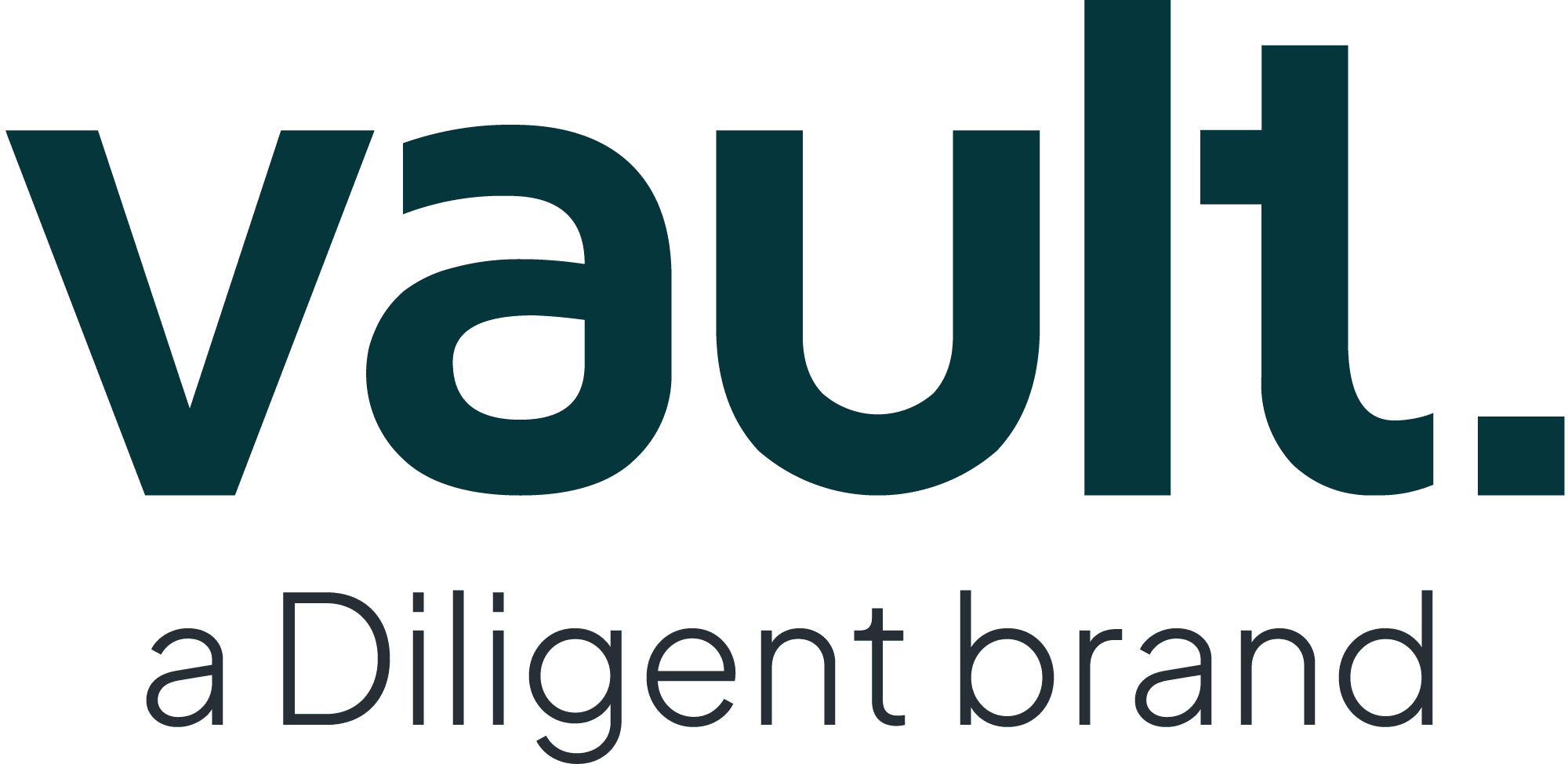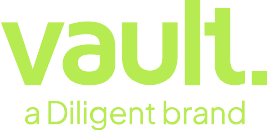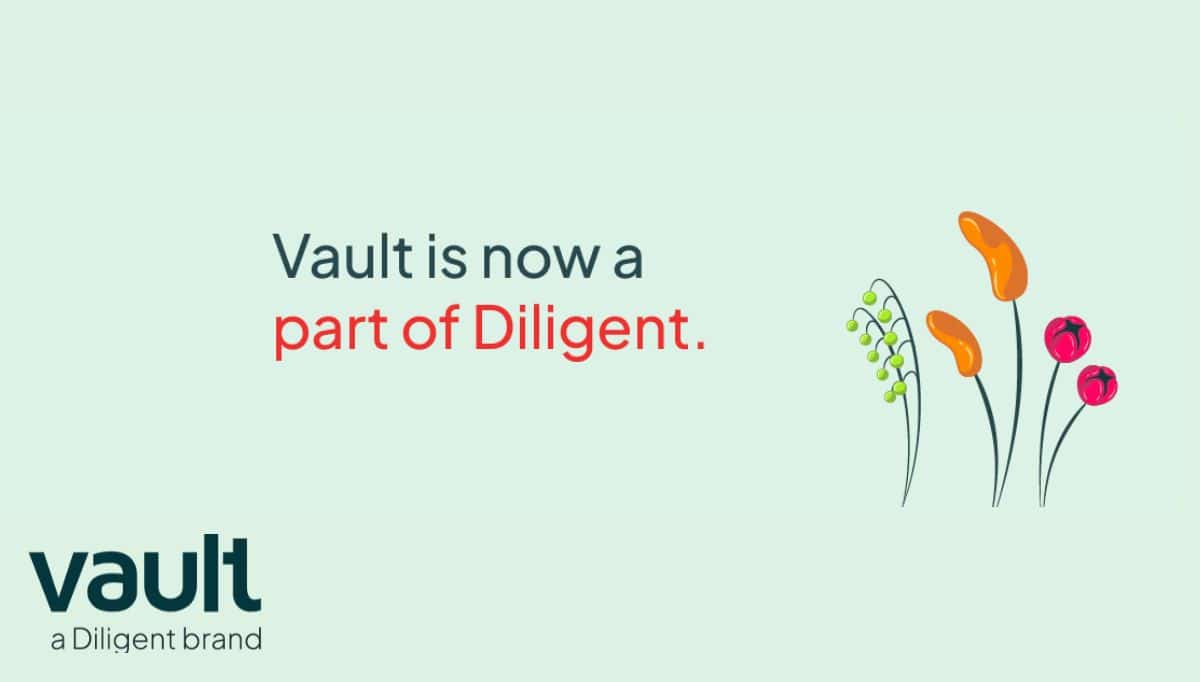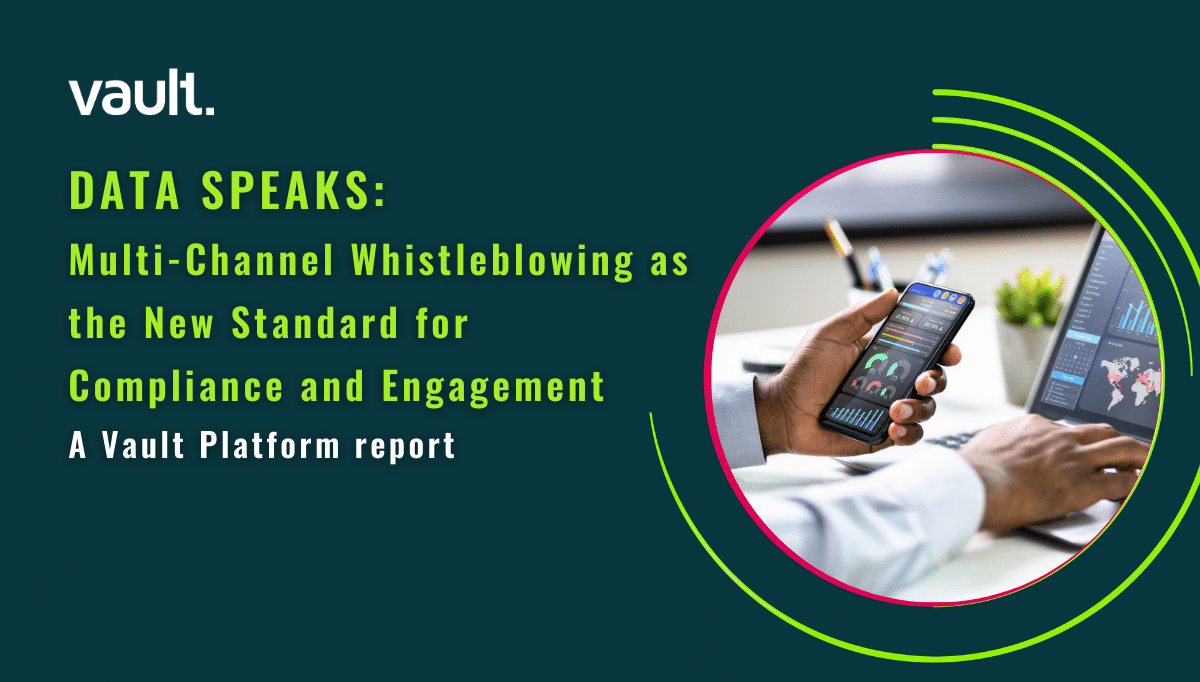
We’ve written a lot about ESG recently, with conversations about corporate environmental, social, and governance issues becoming a mainstay in the business press.
Undeniably, all stakeholders – from regulators to investors, to employees, to customers – are paying more attention to the three-letter acronym, but not all letters have equal weighting.
A nice article in the FT this week highlights the lack of a consistent disclosure framework as an issue that allows companies to avoid talking about components they are performing less admirably on.
Typically, much of the focus in ESG is on the Environmental, with many companies preferring to stay quiet on the Social and Governance fronts.
More focus on ‘E’, less on ‘S’ and ‘G’
“According to FTSE Russell [the investment benchmarking arm of the LSE], about 60-70 percent of large and midsized companies in developed markets provide data on the most disclosed environmental items that are tracked by sustainably-minded investors. But there is only 5-15 percent disclosure at the other end of the spectrum. Those least-elucidated areas tend to be the “social” ones,” says the FT.
Coincidentally, an ECI Working Group on ESG, in which Vault Platform has participated, released its own whitepaper this week, A Guide to ESG: What Ethics & Compliance Professionals Need to Know About the Rise in ESG Investing and How It May Impact Their Work.
The working group drew a similar conclusion on the lack of a consistent framework for ESG disclosures and internal reporting but established some best practices for addressing this challenge and leveraging opportunities created for Ethics professionals in this area.
ESG focus opens up opportunities for Ethics & Compliance
One way of looking at it is that the challenge for Ethics & Compliance is to adapt to the new pressures generated by ESG investing and reporting so the E&C function is a true partner in the company’s long-term sustainable success.
Meeting this challenge starts with acquiring the relevant knowledge and skills including the relevant regulatory frameworks and the disclosure landscape. But as it has always been the case that E&C professionals must “know the business,” this challenge is not insurmountable.
A slightly more thorny issue is that of a significantly expanded surface area for risk. Understanding what constitutes an ESG risk as well as getting a grip on the array of internal players with ESG roles and determining how they fit into this array today, and what changes need to be made for the future. Part of the solution here is leveraging employees as your first, best line of defense when exposing risk across a broad spectrum.
In terms of opportunities, because ESG focuses attention on the non-financial aspects of a company’s performance, E&C teams have a wealth of expertise to share to help their companies improve “performance” across these ESG dimensions. This may make the contributions of the E&C function more visible.
So, instead of its traditional role of adding value by preventing potential compliance failures – something notoriously hard to measure – E&C can help deploy tools and processes that improve a company’s ESG rating, making the organization more attractive to investors and generating trust from multiple stakeholders.
Essentially, E&C professionals can increase their own value to their organizations by getting ahead of the curve and developing a strategy that helps their companies take advantage of this opportunity.






